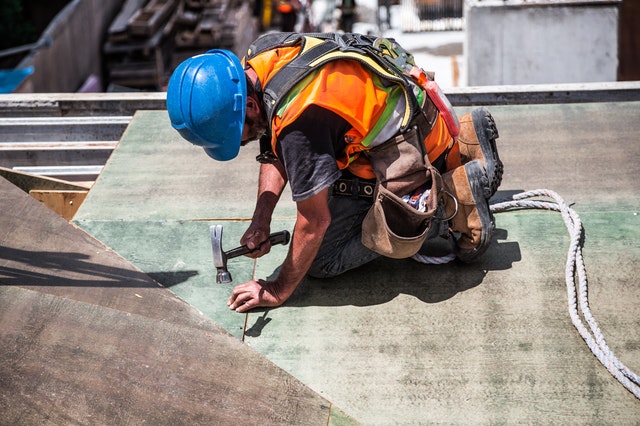There are many parts that make up the sum of a building. Of these parts, lies the water stop which works to entrap liquid from operating across the construction joints. These joints typically require a bar in order to retain all of the liquid. There are many kinds of materials it is made of depending on the type of construction being built. These types range from PVC, rubber, metallic, bentonite, and hydrophilic. All of these materials have a range of different benefits spanning from durability, high quality, resistance, flexibility, and more. For those who are not convinced, we’re going to be looking at each of the benefits providing how the water stop has revolutionised the construction industry.
Types Of Water Stop
1# PVC
The PVC water stop is a popular choice in construction. These are simple to handle on-site, making them convenient for the fast-paced nature of the industry. They are also reasonably priced, saving you money in the long run. Because of its malleability, durability, and resistance to contamination, it’s no wonder why people are choosing PVC for all their construction projects.
2# Rubber
Rubber is another essential water stop as it assists in the movement of joints, contaminants, waste, tunnels, sewage treatments, and more. They can even be used in swimming pools, basements, car parks, and many other structures. Because of this variety, you can see here why it is an ideal choice for construction workers to use. There are many benefits that come from rubber water stop including its flexibility, movement, resistance to weather, contamination, and deterioration. For all these reasons and more, rubber is the next best choice for construction projects.
3# Metallic
Metallic water stop on the other hand is used for specific construction projects. Types of metallic include mild steel, galvanized steel, and copper, all of which have different uses. The major advantage of using steel is that its prone to corrosion. It cannot be used in expansion and construction joints as its low-quality elongation, making it incapable of moving.
Benefits Of The Water Stop

1# Flexibility
One of the major benefits of using a water stop for your construction projects is that it is highly malleable. As they are able to move, this can ensure that they can be used for a variety of different structures. This is perfect for bridges, public transport tunnels, parking structures, dams, and other water facilities. Once set they are locked in ensuring the structure stays in place. This keeps the concrete from moving, promising the structures to stay put. As it is placed in coils, this makes it easy to handle, allowing good flexibility of the structure. With its high elasticity and
2# Retains Liquid
The water stop acts as a seal, keeping the liquid from coming out or inside. They are made with the intention of keeping a barrier from contraction, expansion, and other construction joints. It is highly important for it to be clean and sterile to prevent contamination. These systems can block off acids, diesel oil, seawater, ozone, ensuring the liquid remains pure. It is resistant to chemicals including chlorinated water and alkalis.
3# Durability
Another benefit of using a water stop for your construction projects is its incredible endurance and robustness. As it is able to extend, this allows creating the best structure for your construction projects. In addition to this, it can handle hydrostatic pressure, contraction or expansion of joints, or displacement. Because of this, it is incredibly durable, ensuring that your structures will remain smooth and efficient.
